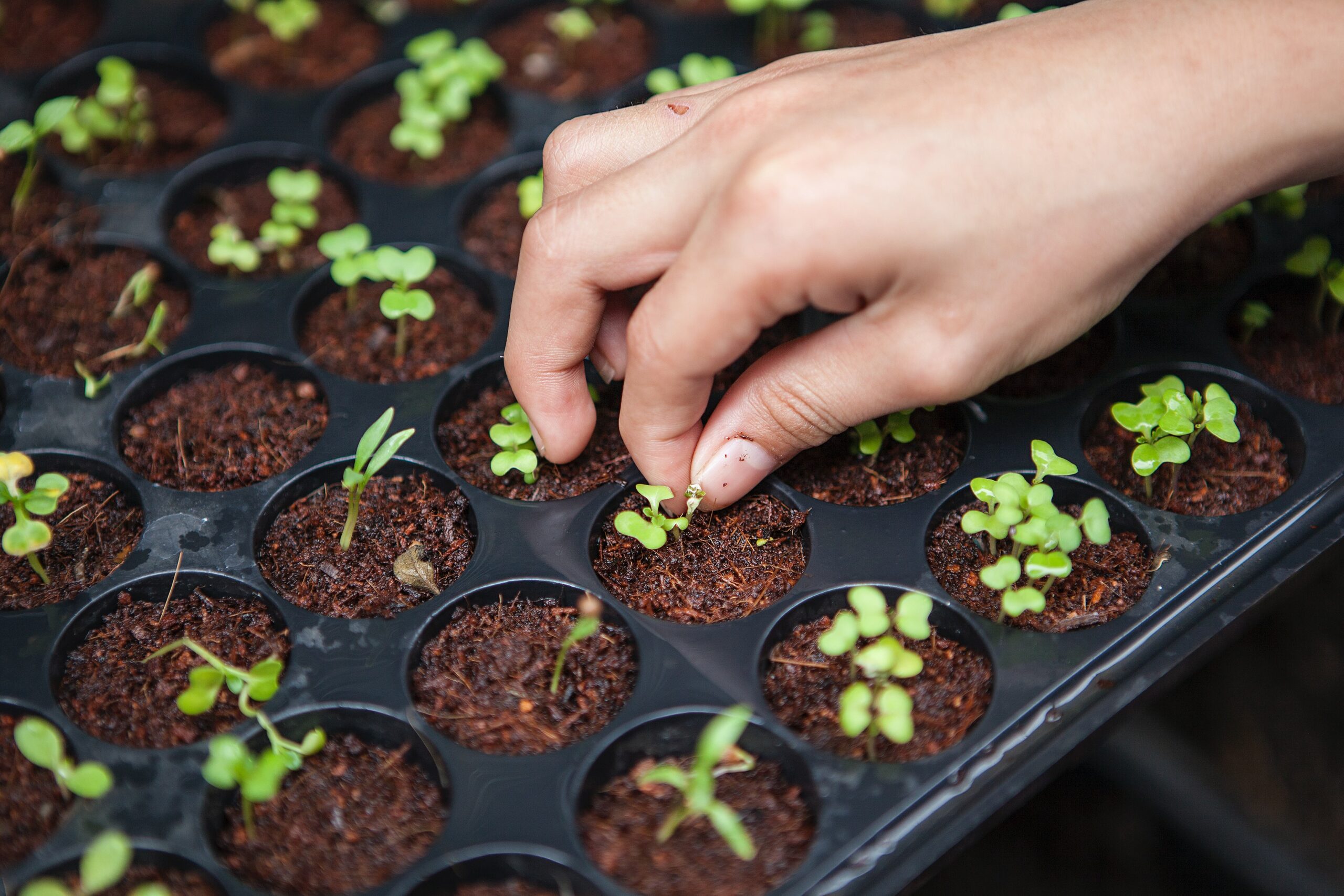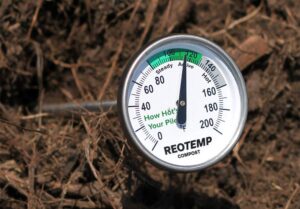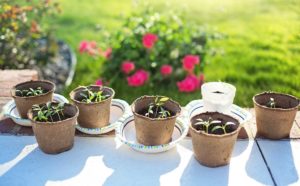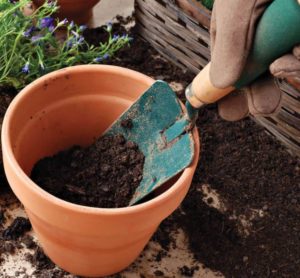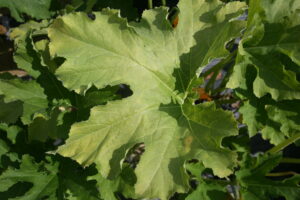There are many elements that help determine how successful your garden will be. For instance, the amount of sun exposure it receives, the type of soil, including the moisture, nutrient, and microbial levels in the soil, the viability of the seeds and the time of year you are planting. But the element that is perhaps the most important to garden success, and the most overlooked, is the temperature of the soil when planting seeds.
In this article, you will learn the importance soil temperature plays in planting a garden, as well as how to determine your soil’s temperature. Plus, there is a chart to help you find the optimum temperature range for a variety of vegetables seeds.
The Importance of Soil Temperature
For seeds to germinate, they need moisture, the proper soil temperature, air, and sometimes light. The temperature needed for seed germination varies from crop to crop. Planting seeds at an improper temperature will prevent them from germinating, and even if some do germinate, their growth will be stunted.
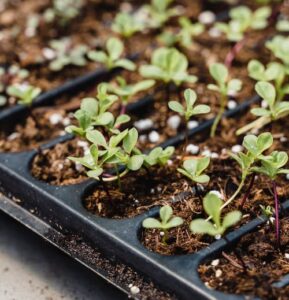
Soil Temperature verses Air Temperature
Soil or ground temperature is not the same as the air temperature. Typically, in the summer, the ground is cooler than the air, but in the winter, it is warmer than the air above it because the ground holds heat more efficiently than air. For example, on sunny winter days, the ground absorbs heat from the sun and stores it. Thus, during the day, the ground temperature will be warmer than the temperature of the air above it. At night, however, the heat is released into the air, and the ground temperature becomes cooler than the air.
Four Classifications
Each type of seed has a range of temperatures at which it will germinate. The range is classified as the minimum temperature, the optimum temperature, the maximum temperature, and the optimum temperature range. The first three categories are self-explanatory, but the fourth category may need some clarification. Simply put, the optimum temperature range refers to a range of temperatures that falls between the minimum and maximum temperatures.
Seeds will germinate when the ground reaches the minimum temperature, but germination rates will be highest when the temperature is within the optimum temperature range. For example, the optimum soil temperature for cucumbers, okra, melons, and squash, is 95°F (35°C). However, when soil temperatures are this high, the air temperature is high as well, and this may affect plant vigor. Thus, you would want to plant the seeds when the soil is in the optimum temperature range and the air temperature is not as warm, giving the plants the best conditions in which to thrive.
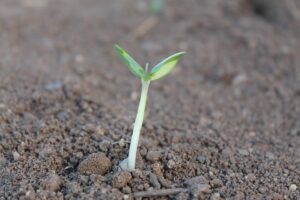
![]()
This article contains affiliate links. If you make a purchase using one of these links, I will receive a very small commission at no additional cost to you, and it will help me maintain this website. Rest assured, I only recommend products I actually like!
How to Measure Soil Temperature in Your Garden
It is easy to measure the soil temperature of your garden. To begin, you will need a thermometer. Technically, an analog (oral or axillary) or a digital thermometer can be used. However, because these are shorter, you might want to use them only for indoor seed sowing where the soil is in shallow trays. For testing your garden space, a soil thermometer is better suited for the task. You can purchase an inexpensive one online or you can also use a compost thermometer if you already have one. Note, however, that the compost thermometer might be a little awkward to use since it is longer.
Insert the thermometer into the soil at the same depth the seed or transplant will be planted. For example, carrot and lettuce seeds are sown at or near the top of the soil since they require light to germinate. Thus, a shallow measurement of less than an inch would suffice. Whereas tomato transplants are planted several inches deeper in the ground to support the stalk, so you would take your measurement accordingly. If you want to check the temperature for general planting, insert the thermometer about five to six inches deep. Be sure that you allow the thermometer to stay in the soil for the recommended time in order to get an accurate reading.
Record the temperature during the morning (before the sun warms things up) and in evening for at least three days/nights, and then find the average temperature. If you want to test a larger area, whether your garden is in rows, raised beds, or in containers, you will want to consider whether the area receives different amounts of sun exposure. If so, check each zone separately.
Below is a convenient chart listing temperature ranges for a variety of vegetable seeds.* Be sure to bookmark this page for a quick reference in the future.
Thank you for reading this article! If you found it helpful, please consider sharing it with others via email and social media!
*Information from the Alabama Cooperative Extension Office
